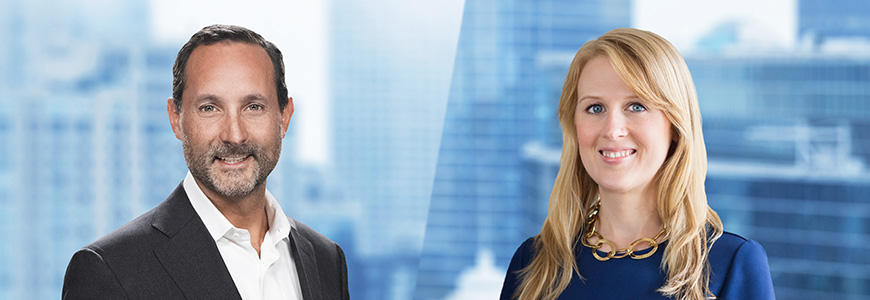As we begin a new year, Brian Friedman and Crystal Flick, both with William Blair’s Private Capital Markets team, share their insights for 2023 in this edition of Client Focus. They note that companies are still seeking capital and that investors view the current moment as an opportune one in which to move.
Investors looking to deploy private capital in 2023—and companies looking for investment partners in the space—should know two things as the year begins: Signs point to a buyers’ market and structured equity solutions are gaining popularity.
Of course, that is quite the departure from the dealmaking of 2020-21, which followed the great migration of capital to public and private markets over the previous couple of decades. But it’s where things stand after 2022, a year that will be remembered for rising interest rates, market volatility, a constricting IPO window, and valuations returning to historic norms.

A buyers’ market and conservative approaches are already showing up as investors are deploying capital at the intersection of debt and equity—specifically, the hybrid approach called structured equity. While trend lines for merger & acquisition activity, initial public offerings, and loan volume all pointed downward for much of 2022, structured equity investing continued its steady growth, as measured by the number of existing funds.
Financing Structures Investors Are Deploying
The convergence of debt and equity markets fosters a wide range of financing structures for private capital. Each has pros and cons that should be assessed on a case-by-case basis:
Convertible preferred stock values the equity today and can include downside protection in the form of a liquidation preference and/or dividend. This approach benefits from flexible use of proceeds, but the cost of capital is high, as are the corporate governance requirements. Covenant restrictions, on the other hand, are fairly limited.
Another approach is convertible notes, where equity’s value is based on futured-defined events in return for current yield and downside protection. Compared with convertible preferred stock, there’s less flexibility of proceeds while capital costs and governance requirements are lower—though covenant restrictions can be greater.
Mezzanine capital is another option. It involves less dilutive capital that can avoid setting a valuation and acts more like junior or unsecured debt. The flexibility of proceeds is comparable to that of convertible notes, but the cost of capital and governance requirements are lower—though covenant restrictions can be more onerous.
What Companies Seeking Capital Should Consider
There also are best practices for companies in moments like these—which companies should embrace, and investors should look for, as they assess the private capital landscape:
Companies Should Focus on Fundamentals. The growth-at-all-costs ethos of the beginning of this decade is past and investors now heavily diligence fundamentals, including go-to-market strategies, market dynamics, and unit economics. This sea change might have been somewhat abrupt, but companies need to understand it and act accordingly.
Companies Should Tell a Good Story—and Plan in Advance. Understanding how much more discerning investors have become, smart companies are planning accordingly, linking their business strategy and execution with financial needs. Doing that is key, as companies need to tell their stories with an air-tight narrative.
Companies Should Get Up to Speed on Current Market Terms. Investors are deploying multiple structural approaches in a variety of combinations and companies should have a solid grasp on those approaches. This can cover a variety of subjects, including valuation, cash or PIK dividends, liquidation preference, governance, protective provisions, warrants, and covenants.
The 2023 outlook for private capital—and, indeed, for the broader economy—might feel a bit uncertain. But companies are still looking for capital, and investors, with a wide array of flexible structures and terms to utilize, are viewing this as an opportune time to move.



